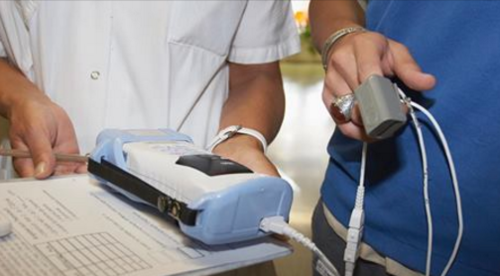A new comprehensive review of the respiratory physiology of interstitial lung disease (ILD) argues that cardiopulmonary exercise testing (CPET) is the most effective clinical utility in the assessment of dyspnoea and exercise intolerance.
The review, led by RESPIRE 2 Fellowship recipient Matteo Bonini and published in the European Respiratory Review, focusses on the mechanisms associated with dyspnoea as it is particularly common to ILD patients.
The authors claim that typical forms of cardiopulmonary exercise including treadmill walking/running enable clinicians to gain a better understanding of an ILD patient’s current abilities. The review further describes how CPET allows clinicians to monitor the progression of a patient’s illness by capturing real-time measurement of a range of respiratory, cardiovascular and other parameters, in response to controlled challenges.
The authors acknowledge that while few treatments have been proven to improve exercise capacity of ILD patients, CPET remains useful to clinicians as a predictor of prognosis. They also argue that CPET plays a vital role in patient selection for and design of exercise and pulmonary rehabilitation programmes.
The review is the fourth article in a wider ERR series on Exertional Dyspnoea, which includes papers on:
